Table of Contents
Aperture and Speed Are the Most Important Things in Photography
Aperture and speed actually play the same role, both control the amount of light. The wider the aperture, the more light comes in. The smaller the aperture, the less light comes in. The slower the speed, the more light will enter. The faster the speed is, the less light will enter. Aperture and speed are used together.
The maximum aperture of the general camera is 3.5 and the minimum is 22. Slow is a second, fast is a thousandth of a second. But we usually take pictures with the maximum aperture and minimum aperture. Common apertures are 5.6, 8, 11, 16. Commonly used speeds are 1/60 second, 1/125 second, and 1/250 second. What is a thousandth of a second used for? One-thousandth of a second can shoot fast-moving objects such as rocket launches, gun barrels, etc.
Large aperture and fast speed are only used in certain situations. Compared with the large aperture and the small aperture, the small aperture will produce clearer photos than the large aperture. To get a clear picture, try to use a small aperture. To highlight a person or object, use a wide aperture. Due to the large aperture, the objects in the focal length are clear, and the objects outside the focal length are blurred.
The above is a camera with a manual shutter, but a fully automatic camera cannot control the aperture speed.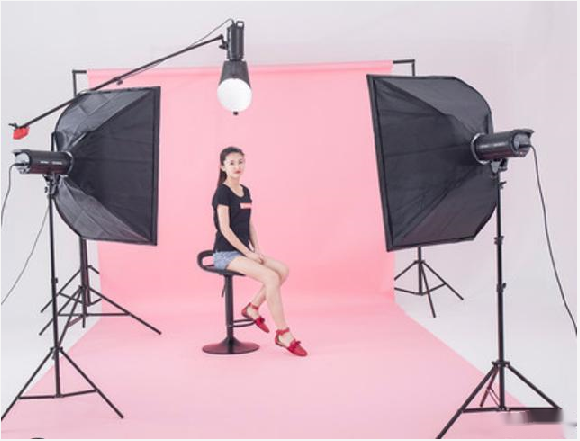
How to Reconcile Aperture and Shutter Speed
We often encounter such a problem in photography: the exposure of the film is correct and the composition is OK, but the recorded subject is not perfect. Its properties have not been fully revealed. Where is the source of the problem?
The main reason for this problem is often that you don’t have a good balance of aperture and shutter speed. Because for a certain exposure, there are many combinations, it can be F5.6 aperture, shutter speed 1/125 second, it can also be F8, 1/60 second or F11, 1/30 second. Only by finding the best combination among them can we obtain the ideal shooting effect.
Function of Aperture
To coordinate the relationship between aperture and shutter speed, we must first understand the respective effects of aperture and shutter speed. In addition to controlling the photosensitive effect of the film, the aperture also has three prominent functions:
- It has a direct effect on controlling the depth of field. Large aperture, short depth of field. Small aperture, long depth of field.
- It has a significant effect on expressing the texture and texture of the subject. For some subjects, the texture of the surface is often an important aspect that shows its characteristics. In order to obtain extremely clear texture texture, correct focus is a prerequisite. And a small aperture is also necessary, especially when the shooting distance is very close.
- Aperture plays a role in reconciling color. Using a large aperture can make some previously contrasting colors harmoniously and softly on the screen, and no longer eye-catching.
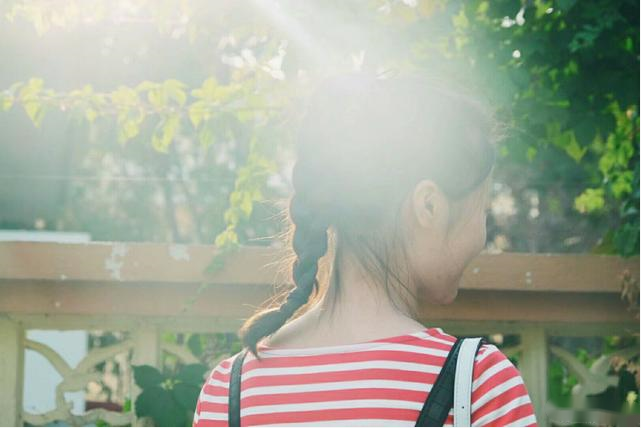
Function of shutter speed
The most important function of shutter speed is to control how long the light stays on the film. But beyond that, it has some benefits. For example, a faster speed can “freeze” a dynamic subject, while a slower shutter speed can show or emphasize the movement of the subject. It can also create different atmospheres on the screen according to the photographer’s creative intention.
Highlight performance focus
Consideration must be taken before taking a photo to determine what aspect of the subject the photo is trying to highlight. Do you want to fully reflect the movement of the subject, or do you want to reflect the appearance of the subject in detail? Or to emphasize the clarity of the background? Only when the answer is clear can you make a choice according to your needs.
The photographer can first decide which side of the exposure combination according to the determined shooting target and method. Then based on this, according to the specific light conditions, determine the more suitable other party to form a correct exposure combination. If the subject of the shooting is boating, the photographer should set the shutter speed to 1/125 second to ensure that the image does not shake. Then choose the appropriate aperture number according to the lighting conditions of the scene.
The Relationship Between Aperture and Shutter Speed
Aperture and speed are both devices used to control the amount of light entering the camera, and they are related to each other and constrain each other.
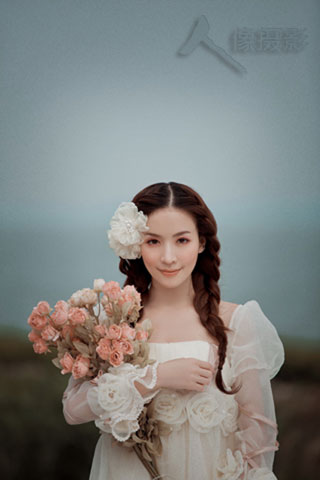
When the light is constant, the aperture is opened one step, the speed must be increased by one step, and the aperture is narrowed by one step, the speed must be slowed down by one step. For example, when using aperture 11, the speed is selected as 1/60 second. When the aperture is changed to 8, the speed should be changed to 1/125 of a second accordingly. If we change the speed to 1/30 of a second, the aperture should be best 16 accordingly.
The mutual relationship between aperture and speed can be expressed by exposure combination:
Aperture 8, speed 1/125 sec.
Aperture 11, speed 1/60 sec.
Aperture 16, speed 1/30 sec.
Choose one of the exposure combinations, and for a given light, the camera will get the same amount of exposure. Choosing an exposure combination according to different shooting needs is one of the important basis for controlling accurate exposure. When shooting, is the shutter speed or the aperture factor determined first? We should determine this by the specific situation of the subject and the creative intention of the photographer.
Generally speaking, accurate exposure is only one aspect of taking a good photo. If photographers want to give full play to their creative consciousness, they should flexibly master the exposure combination of aperture and shutter speed.
The Respective Functions of Aperture and Speed
Aperture and speed have the function of jointly controlling accurate exposure, each has its own “professional division of labor”.
The aperture controls the depth of field, and the speed “freezes” moving objects on the film. According to the shooting requirements, in order to expose the film accurately, the photographer must learn to choose the appropriate exposure combination.
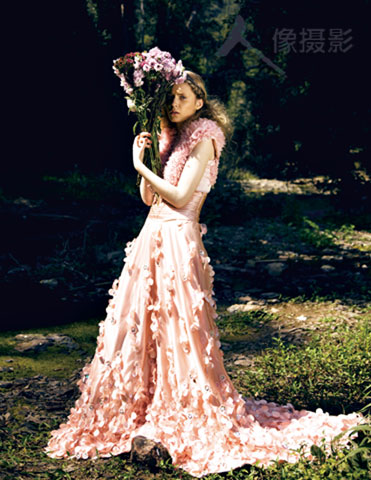
If you are shooting moving objects, if you want to make the photos clear, you must first choose a shutter speed that can capture the moving objects, and then match the corresponding aperture. If you want to show a certain depth of field of the scene, you must first determine the size of the aperture, and then match the corresponding shutter speed.
When choosing an exposure combination, we can use the following points as a reference:
①The object moves fast, the shutter speed is fast, and the aperture is correspondingly large.
②If you want to make the depth of field of the photo large, the aperture needs to be small, and the shutter speed can be slowed down accordingly.
③ The moving direction of the moving object is different, and the shutter speed is also different. For objects passing through in front of the camera, the shutter speed is generally faster. For objects moving towards the camera or away from the camera, the shutter speed can be slower.
④ Shooting moving objects, with the change of distance, the shutter speed should also change accordingly. The closer the distance, the faster the shutter speed.
⑤ The camera lens used has a long focal length and the shutter speed should be correspondingly fast.
⑥ Use additional lenses for photography, such as color filters, teleconverters, etc., to increase exposure appropriately. The use of different additional lenses, the increased exposure is also not the same.
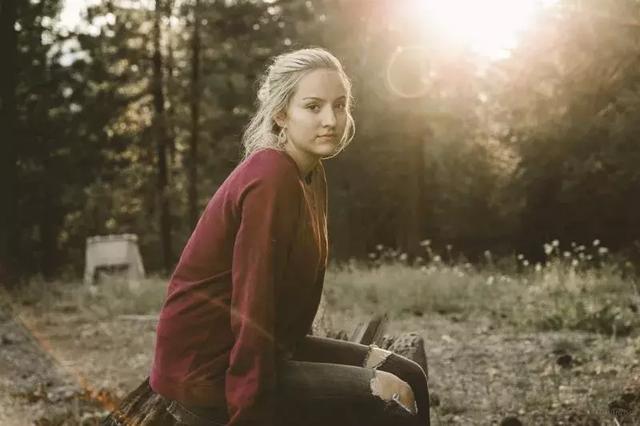
The Combination of Aperture, Shutter and Sunlight
The brightness of sunlight varies with seasons, climates, and the latitude of the earth.
In tropical regions, the sunlight in summer is twice as strong as in spring and autumn, and 3 to 4 times stronger than in winter. On a sunny day in summer, at eight or nine in the morning and four or five in the afternoon, the brightness of the light is roughly the same. In winter, from 9 am to 3 pm, the brightness of the light does not change much during the period.
Around sunrise in the morning and around sunset in the evening, the light intensity is 10 times weaker than at noon. During the day, there are also changes in sunny, cloudy, and rainy, and the intensity of light also changes.
The effect of bright light on aperture
Strong sunlight, thin cloudy sunny day, cloudy sunny day, and cloudy day, the strong change of light among them can be understood as follows: the light of a cloudy and sunny day is twice as strong as that of a cloudy day, and the light of a thin cloudy sunny day is twice as strong as that of a cloudy and sunny day.
If you use a constant shutter speed, the aperture is 5.6 on cloudy days, 8 should be the best on cloudy and sunny days. And 11 should be the best on thin cloudy and sunny days. If you use a certain aperture, the shutter speed used on cloudy days is 1/30 of a second, on cloudy and sunny days, we can increase it to 1/60 of a second. And on a sunny day with thin clouds, it`s better to increase to 1/125 of a second.
Weather changes are capricious and sometimes subtle. The above changes can work as a reference for the exposure of photos taken in outdoor natural light.
